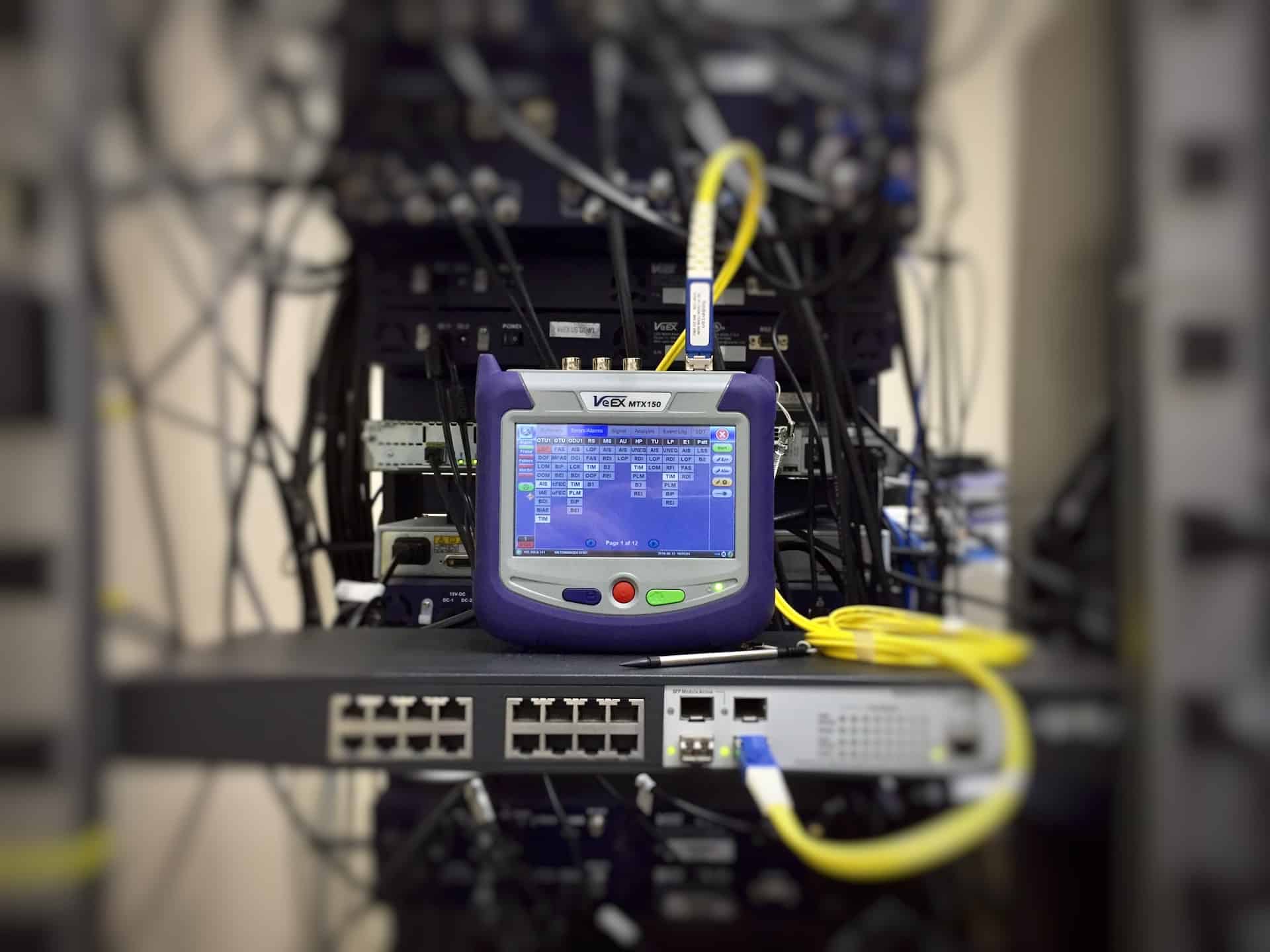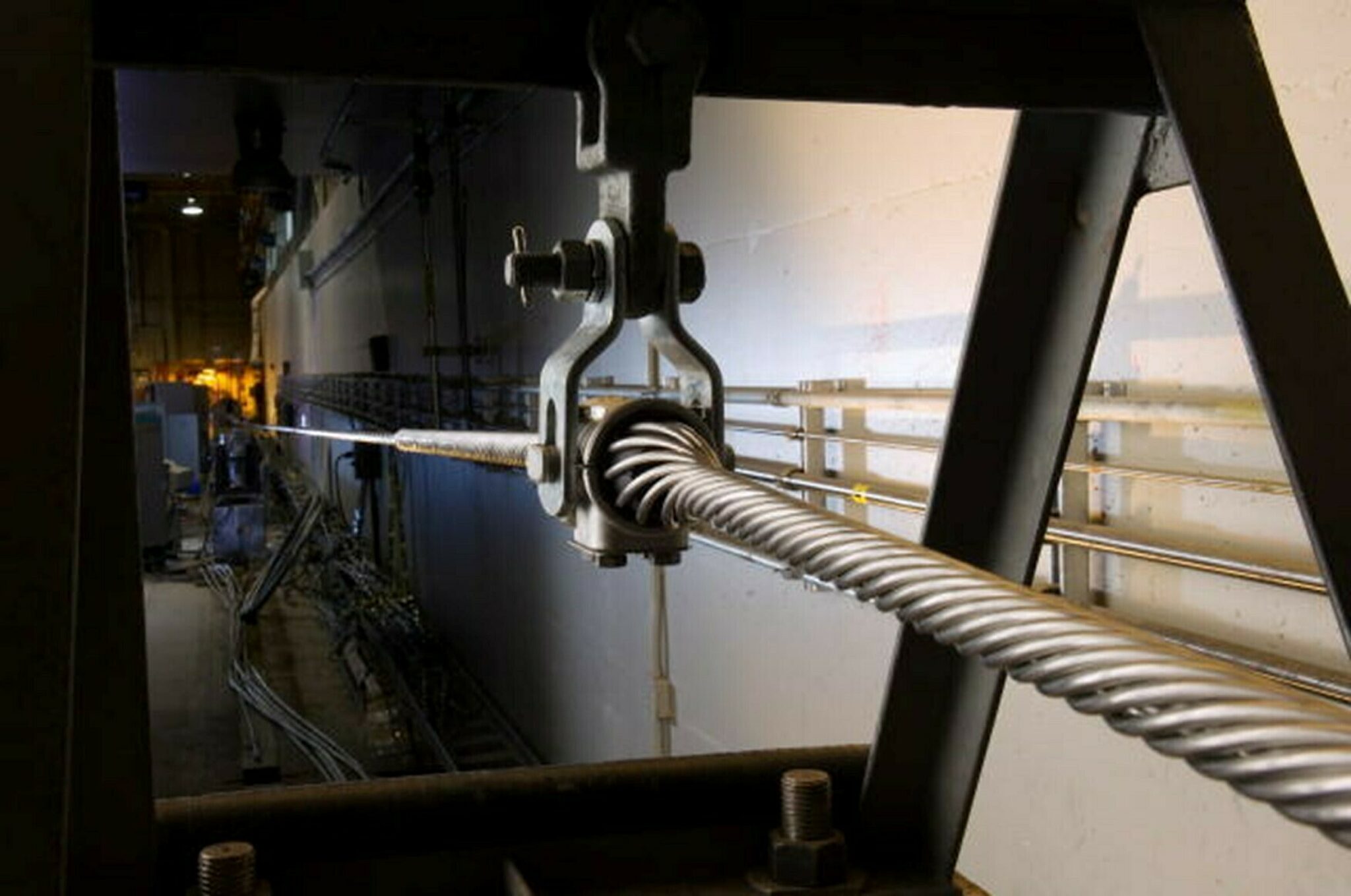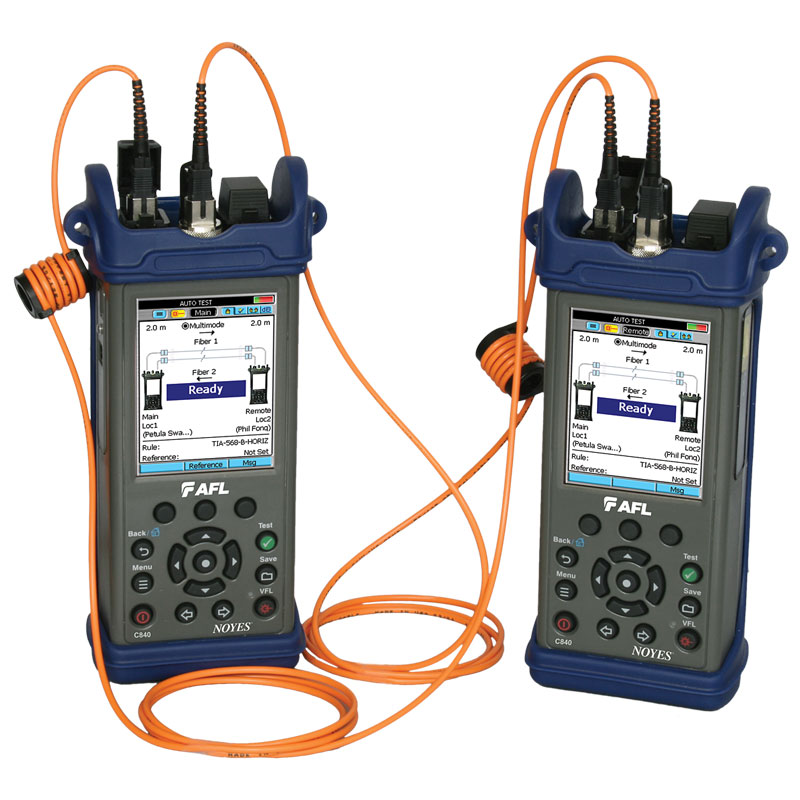Engineers work with the optical fibre diameter analyser to verify fibre uniformity.
Engineers work with the optical fibre diameter analyser to verify fibre uniformity.
Blog Article
Discover the Relevance of Optical Fibre Testing in Modern Telecom
In the world of modern-day telecoms, the importance of optical fibre testing can not be overemphasized, as it serves as the foundation for making certain network reliability and efficiency. What are the details benefits that regular screening deals, and just how might it shape the future landscape of telecoms?

Recognizing Optical Fibre Screening
Optical fiber screening is a critical procedure in telecommunications that makes certain the stability and efficiency of fiber optic networks. This testing includes a range of procedures created to assess the physical and functional characteristics of optical fibres - optical fibre testing equipment. Secret parameters analyzed consist of optical power loss, bandwidth ability, and mistake place, which are essential for keeping top quality communication links
The testing procedure usually entails making use of specialized equipment such as Optical Time-Domain Reflectometers (OTDR) and Optical Power Meters. OTDRs are utilized to determine and identify mistakes, splices, and ports within the fibre, while power meters gauge the transmitted light signal stamina to identify performance.
Additionally, screening is carried out at various phases, including throughout installation, upkeep, and troubleshooting, to make sure that the network meets market standards and operational requirements. Compliance with criteria set by companies like the International Telecommunication Union (ITU) and the Telecommunications Market Organization (TIA) is vital.
Advantages of Routine Checking
Routine screening of optical fibers returns many benefits that significantly improve network dependability and performance. Among the key advantages is the very early detection of possible issues, such as breaks or destruction in the fibre, which can bring about pricey downtime if left unaddressed (fibre testing equipment). By determining these issues proactively, telecoms providers can decrease solution interruptions and make sure constant connectivity for their consumers
In addition, regular testing helps to preserve the honesty of signal high quality. As optical fibers age, their performance can be affected by elements such as environmental conditions and physical stress and anxiety. Routine evaluations permit the surveillance of signal loss and overall transmission efficiency, ensuring that the network operates at ideal levels.
An additional considerable advantage is compliance with industry standards. Routine screening sustains adherence to regulatory needs, thus mitigating legal and economic risks connected with non-compliance. It boosts the overall life expectancy of the fiber infrastructure by helping with prompt upkeep and repairs.

Common Checking Techniques
Examining optical fibres utilizes numerous methods to make certain the integrity and efficiency of telecommunications networks. Among the most typical methods is Optical Time Domain Reflectometry (OTDR), which examines the entire size of the fiber by sending a pulse of light and gauging the representations triggered by flaws or breaks. This method offers in-depth details regarding the area and seriousness of mistakes.
Another widespread approach is the use of Optical Power Meters, which measure the amount of light transferred through the fibre. This technique helps figure out the loss of signal strength, making certain that it meets industry criteria. page Furthermore, Aesthetic Mistake Locators (VFL) are employed to determine breaks or serious bends in the fiber by forecasting a noticeable laser light into the cord.
Insertion loss testing is likewise crucial, as it quantifies the loss of signal power resulting from connections and mates within the network. Moreover, the use of Polarization Setting Diffusion (PMD) testing evaluates the impact of fiber attributes on signal stability.
Each of these methods plays a vital role in keeping the performance and reliability of optical fibre networks, ultimately adding to smooth telecoms procedures.
Influence On Network Performance
The stability and efficiency of optical fibre networks straight affect overall network performance. In modern-day telecommunications, the performance of data transmission depends greatly on the quality of the optical fibres made use of. Any type of degradation in the fiber's problem-- whether due to physical damage, contamination, or extreme flexing-- can cause increased depletion and signal loss, significantly impacting data integrity and rate.
Routine optical fibre screening is important to identify and correct potential concerns prior to they show up as network failures or downturns. Strategies such as Optical Time Domain Name Reflectometry (OTDR) and insertion loss testing make it possible for professionals to determine the efficiency of fiber web links accurately. These examinations not just assess the physical problem of the fibres however additionally make certain conformity with industry requirements, therefore guarding the network's integrity.
Furthermore, a well-maintained optical fiber network adds to reduced operational prices and improved client contentment, as end-users experience fewer disruptions and higher information prices. Eventually, the emphasis on strenuous optical fiber testing practices works as a cornerstone for maintaining robust telecommunications framework, ensuring that service carriers can fulfill the growing demands for transmission capacity and connectivity in today's electronic age.
Future Fads in Testing
As we look ahead, advancements in technology are poised to improve optical fibre testing in telecoms. The increase of automation and expert system (AI) is anticipated to improve the efficiency and accuracy of testing procedures. Automated testing systems look at this website can conduct comprehensive assessments with marginal human treatment, dramatically lowering the capacity for errors and expediting time-to-deployment.
Moreover, the assimilation of artificial intelligence formulas will certainly enable predictive maintenance, enabling network service providers to useful reference foresee prospective issues before they escalate right into failings. This positive strategy not only improves network integrity however also optimizes functional prices.
An additional emerging pattern is the advancement of mobile testing devices that provide real-time evaluation - robotic vision. These devices will equip technicians to execute on-site diagnostics swiftly, helping with quicker resolutions and improving solution high quality
The growth of 5G networks better demands the advancement of testing methodologies. As data transfer demands enhance, traditional screening methods may no much longer suffice. Innovative remedies such as optical time-domain reflectometry (OTDR) and advanced spectral evaluation will certainly end up being important in ensuring the integrity and efficiency of high-speed links.

Verdict
Finally, optical fibre testing is important for making certain the honesty and integrity of contemporary telecoms networks. Normal testing practices not just help determine potential problems such as signal loss and mistakes yet likewise add to enhanced network efficiency and customer complete satisfaction. As the need for seamless connection proceeds to expand, the fostering of advanced testing techniques will certainly play an important duty in keeping high-quality network criteria and supporting the advancing landscape of telecoms.
Report this page